Muscle atrophy can feel discouraging, but it doesn’t have to be permanent. Whether you’ve experienced atrophy due to injury, illness, or prolonged inactivity, your muscles have an incredible capacity to recover with the right approach, mindset, and patience.
What Happens to Muscles When They Are Inactive?
When you’re inactive for a long time—due to a cast, surgery, or even a sedentary lifestyle—your muscles shrink because they aren’t being used. This process, called muscle atrophy, can reduce strength and mobility, making everyday movements harder.
Can Muscles Recover from Atrophy?
Yes, muscles can recover from atrophy, but it takes consistent effort. The recovery speed depends on factors like age, nutrition, the severity of atrophy, and your exercise approach.
How Long Does Muscle Atrophy Take to Heal?
There isn’t a one-size-fits-all timeline, but minor atrophy can improve within a few weeks of targeted training, while severe cases can take several months to a year. Generally, rebuilding muscle after atrophy requires progressive strength training, mobility work, and adequate protein intake to support healing.
How to Heal Muscle Atrophy Effectively
-
Start with mobility exercises: Regain your range of motion before adding resistance.
-
Incorporate progressive strength training: Use light weights or bands and gradually increase resistance.
-
Eat enough protein: Aim for high-quality protein sources throughout the day to support muscle repair.
-
Stay consistent: Small, regular efforts are more effective than occasional intense sessions.
Muscle Atrophy Recovery Exercises
For leg muscle atrophy, bodyweight squats, seated leg extensions, and calf raises can gently rebuild strength. For tricep atrophy, exercises like assisted dips, tricep kickbacks, and light pushdowns help activate and rebuild the muscle safely.
Rebuilding Leg Muscle After Atrophy
Leg muscles often experience atrophy after surgery or extended bed rest. Recovery should begin with:
-
Isometric holds (quad sets, glute squeezes).
-
Seated knee extensions and calf pumps to improve circulation and neuromuscular connection.
-
Gradual weight-bearing exercises like bodyweight squats, progressing to resistance training.
How Long to Rebuild Atrophied Calf Muscle?
Calf muscle recovery can take 6–12 weeks depending on the severity. Start with toe raises while holding onto a support, progressing to single-leg calf raises and eventually weighted raises as strength improves.
Personal Experience: Recovering After an Injury
After a minor surgery that left my right leg immobilized for six weeks, I experienced noticeable muscle atrophy in my calf and quad. The first few days of rehabilitation felt frustrating, but I focused on ankle pumps, quad sets, and assisted standing exercises, gradually adding resistance bands and light squats. By week eight, I had regained most of my mobility and strength, underscoring how patience and steady progression are essential in atrophy recovery.
How to Help Muscle Atrophy Heal Faster
-
Use resistance bands for low-impact strength building.
-
Stay hydrated to support muscle function.
-
Get adequate sleep, which is when your body repairs and rebuilds tissue.
-
Avoid rushing—pushing too hard can cause setbacks.
Can You Get Muscle Back After Atrophy?
With the right approach, yes, you can get your muscle back. Muscle memory plays a powerful role in helping your body regain lost strength and size faster once you start training again. It’s about balancing realistic expectations with consistent effort.
Final Thoughts
Muscle atrophy is not the end of your fitness journey; it’s a temporary setback that you can overcome with consistent exercise, proper nutrition, and patience. Whether you are rebuilding your legs, triceps, or recovering from general inactivity, your body is ready to heal and become stronger again.
If you’re navigating muscle atrophy recovery, focus on small daily wins, stay positive, and give yourself the grace to rebuild at your own pace.




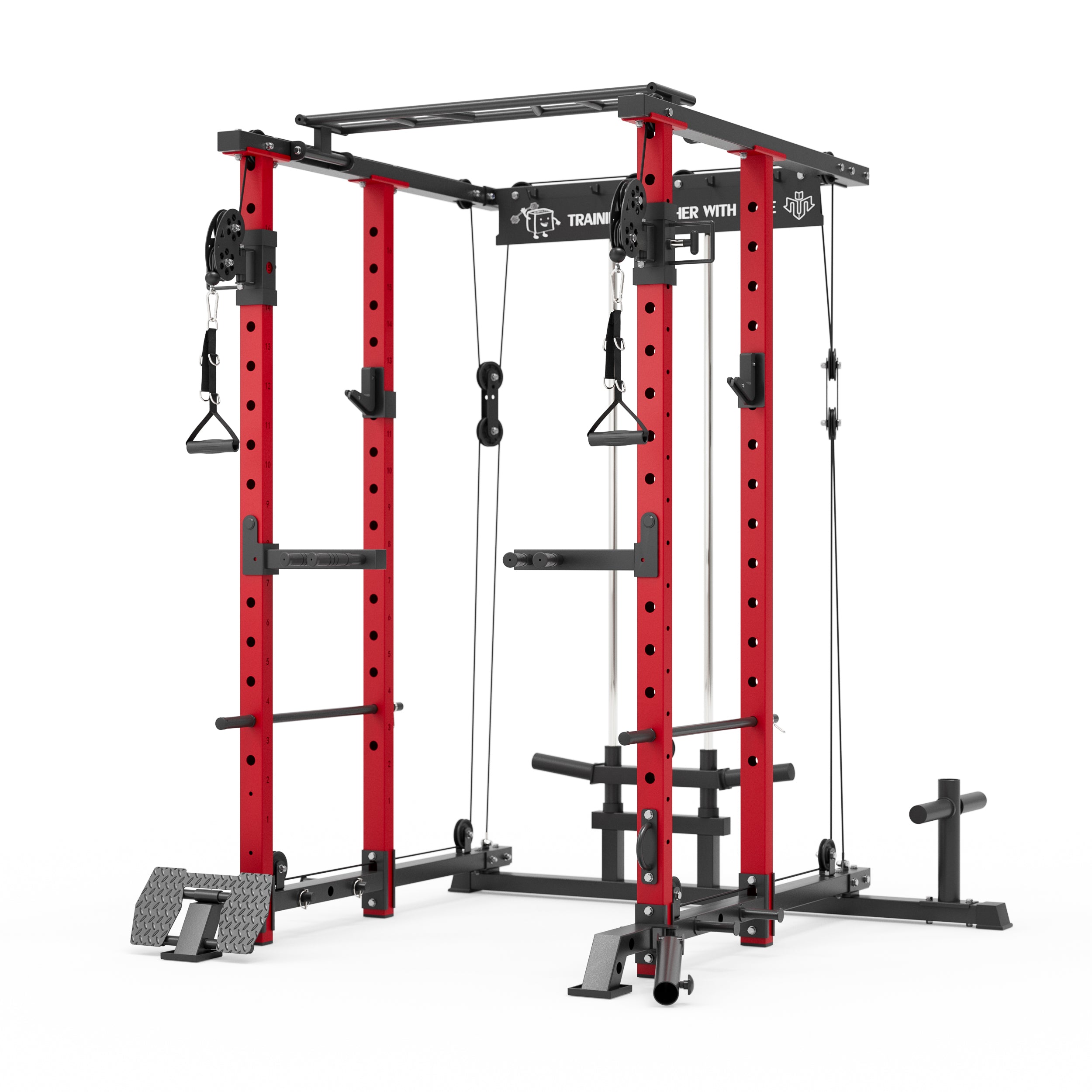


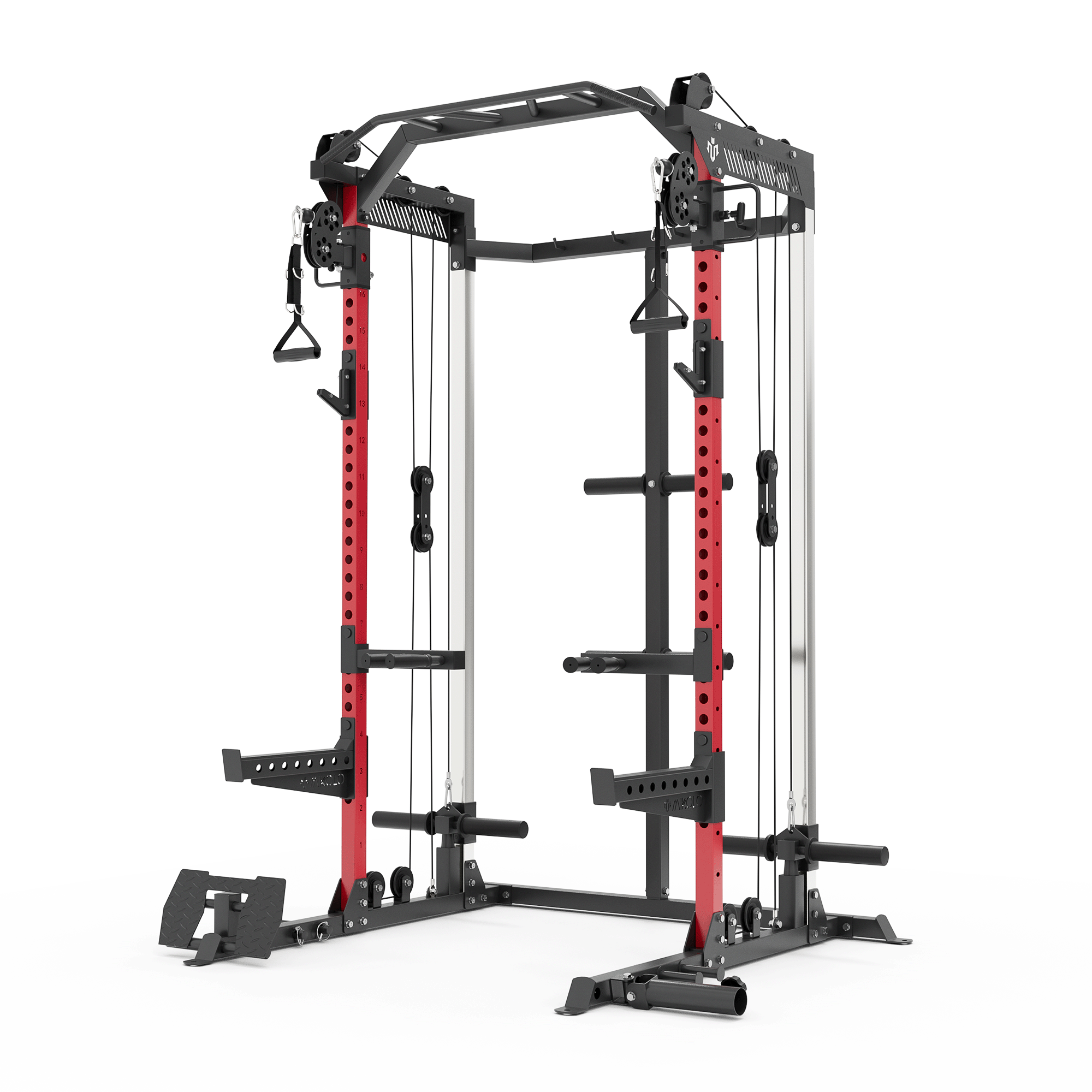



















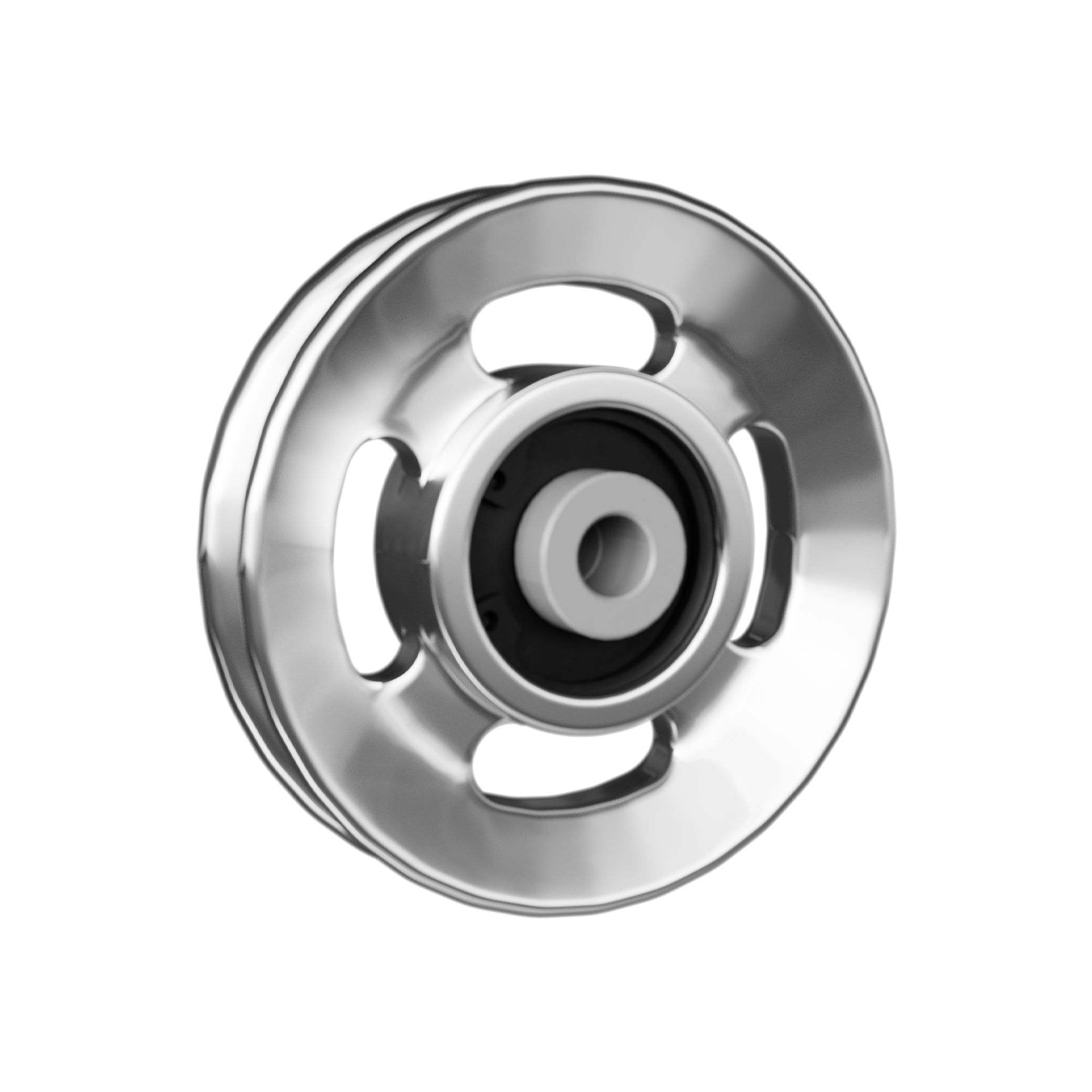



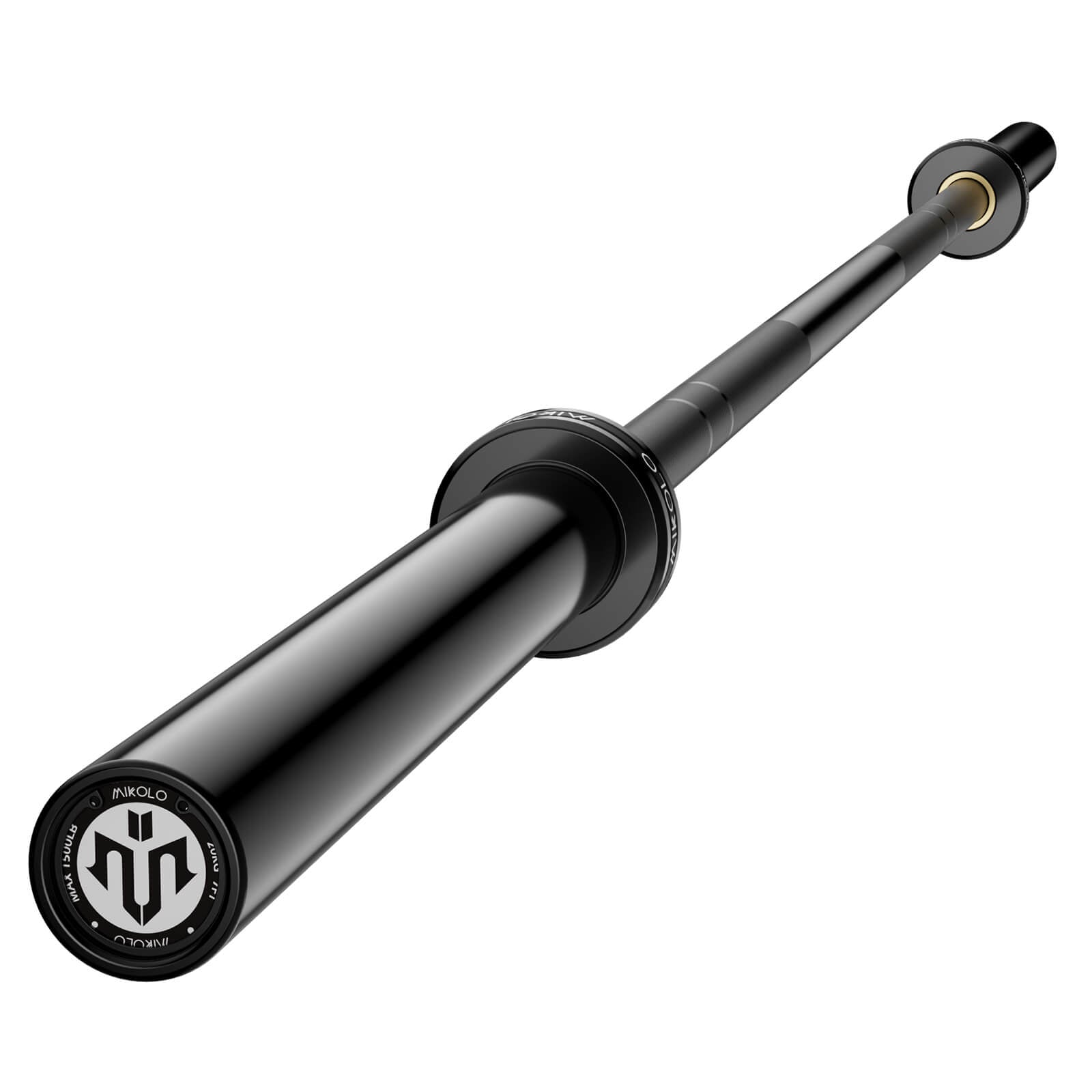









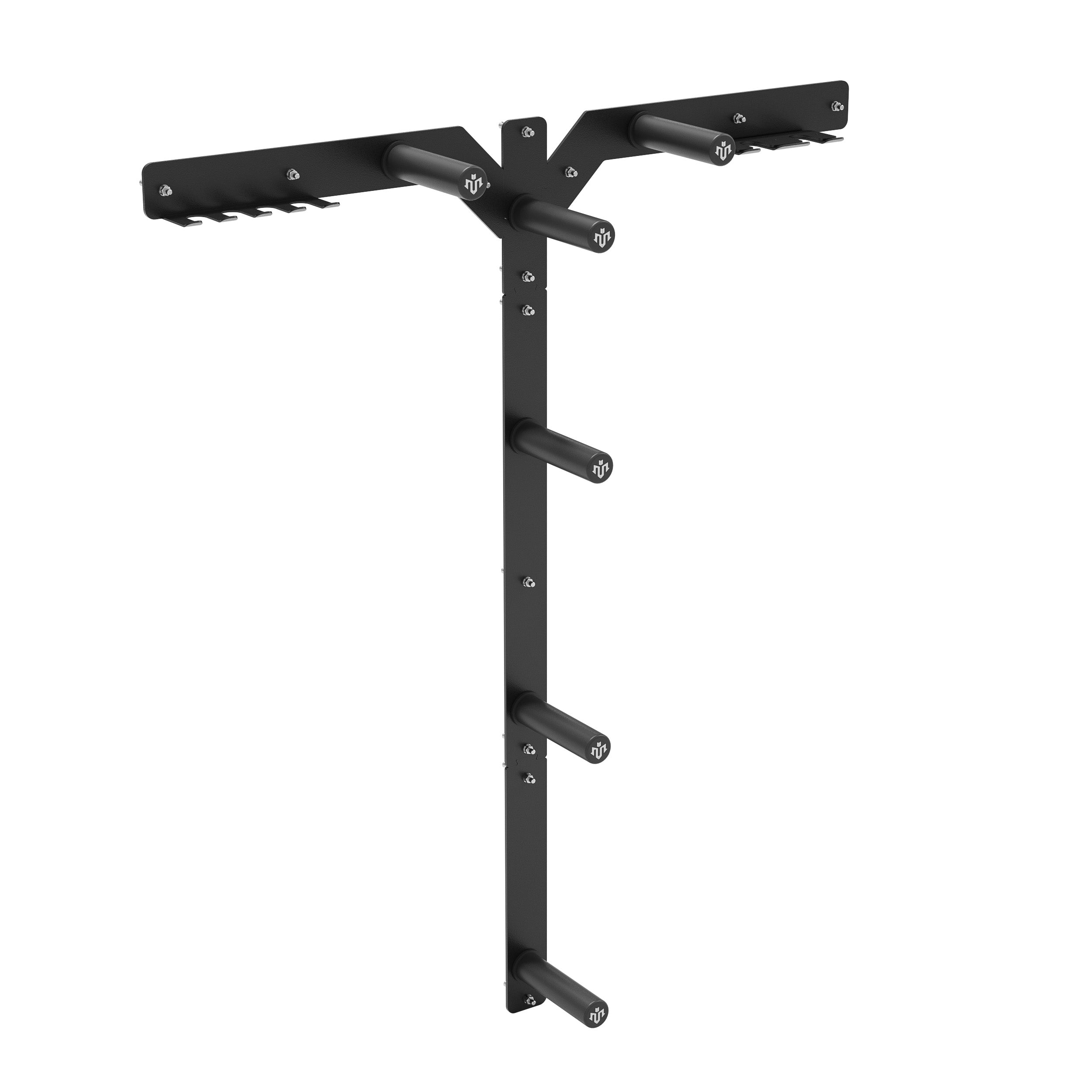





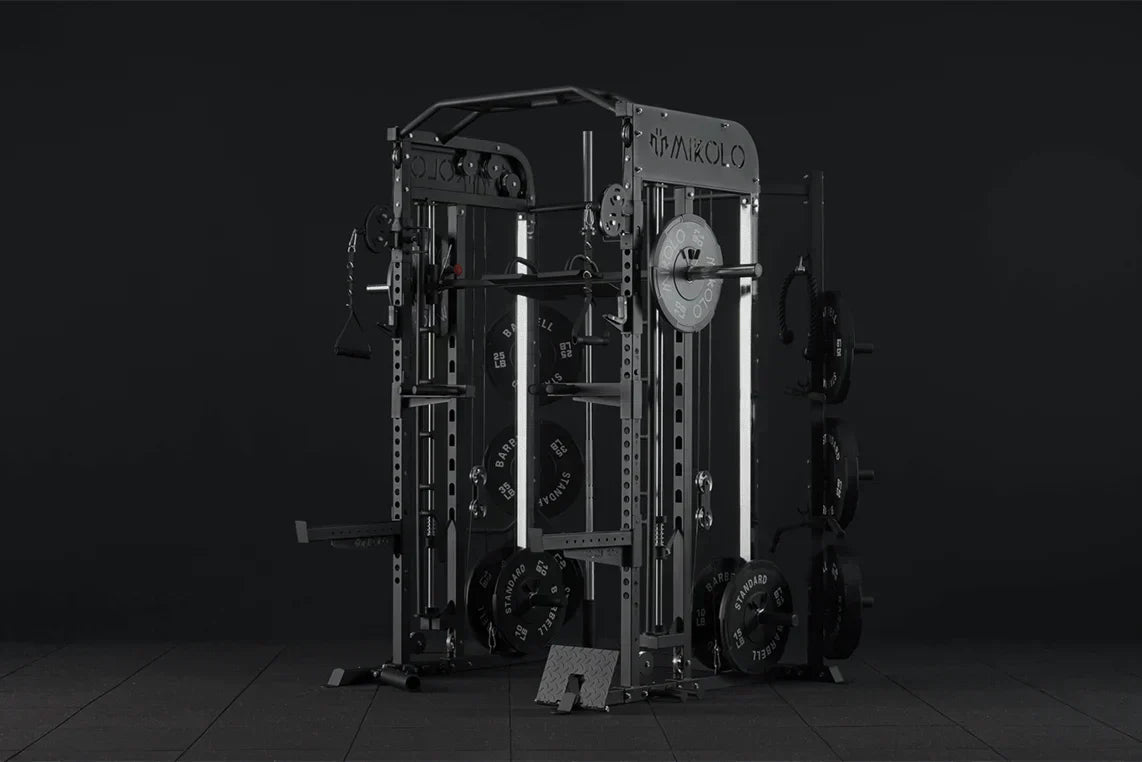
Leave a comment
This site is protected by hCaptcha and the hCaptcha Privacy Policy and Terms of Service apply.